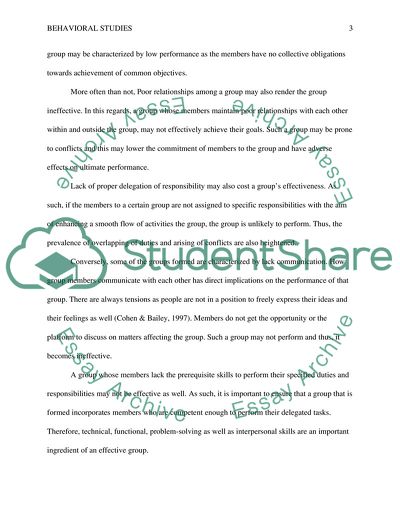Cite this document
(“Philosophy of Small Groups Research Paper Example | Topics and Well Written Essays - 1250 words - 1”, n.d.)
Philosophy of Small Groups Research Paper Example | Topics and Well Written Essays - 1250 words - 1. Retrieved from https://studentshare.org/religion-and-theology/1670986-philosophy-of-small-groups
Philosophy of Small Groups Research Paper Example | Topics and Well Written Essays - 1250 words - 1. Retrieved from https://studentshare.org/religion-and-theology/1670986-philosophy-of-small-groups
(Philosophy of Small Groups Research Paper Example | Topics and Well Written Essays - 1250 Words - 1)
Philosophy of Small Groups Research Paper Example | Topics and Well Written Essays - 1250 Words - 1. https://studentshare.org/religion-and-theology/1670986-philosophy-of-small-groups.
Philosophy of Small Groups Research Paper Example | Topics and Well Written Essays - 1250 Words - 1. https://studentshare.org/religion-and-theology/1670986-philosophy-of-small-groups.
“Philosophy of Small Groups Research Paper Example | Topics and Well Written Essays - 1250 Words - 1”, n.d. https://studentshare.org/religion-and-theology/1670986-philosophy-of-small-groups.


